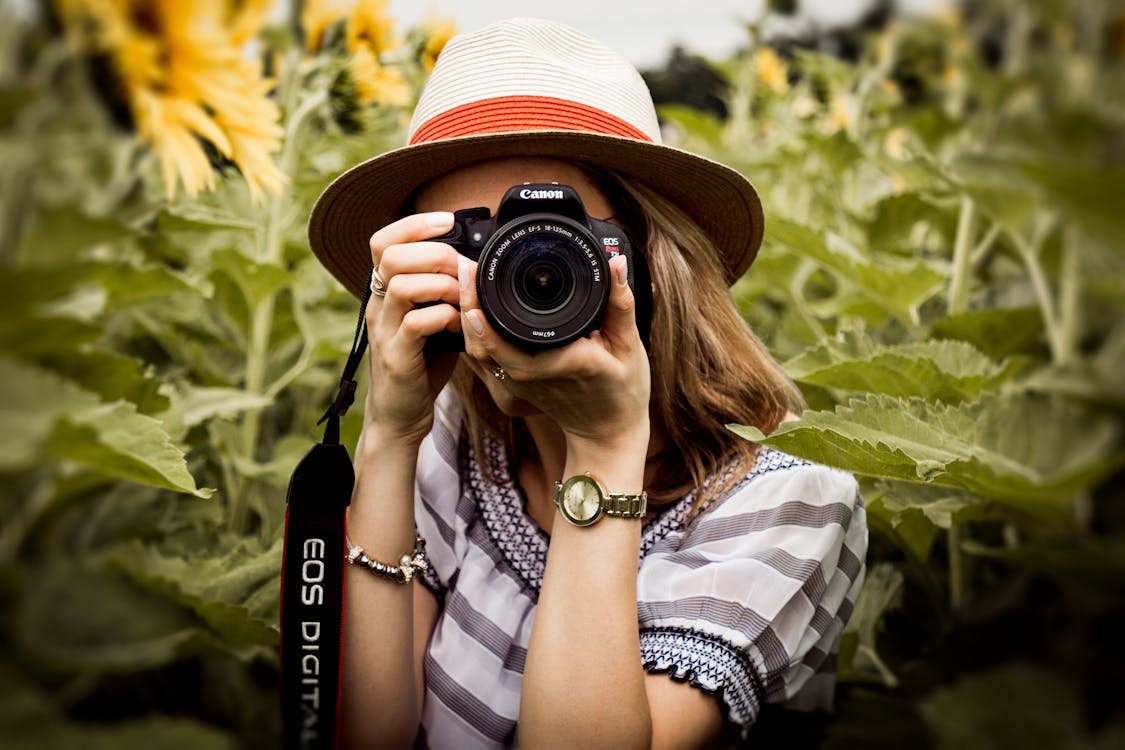A Journey Through Time: The Evolution and Invention of the Camera
Introduction
The invention of the camera has played a pivotal role in shaping our world. It has allowed us to capture and immortalize moments in time, providing a visual history of the human experience. In this article, we will embark on a fascinating journey through the history and evolution of the camera, tracing its origins and the remarkable innovations that have brought us to the modern digital era.
The Precursors of Photography
Long before the invention of the camera, there were precursors that laid the foundation for this groundbreaking technology. The camera obscura, a device known since ancient times, played a vital role. It consisted of a dark room or box with a small hole on one side. When light passed through the hole, an inverted image of the outside world was projected on the opposite wall. Artists used this device to trace scenes, aiding in the creation of realistic paintings.
The Birth of Photography
The birth of photography as we know it today can be attributed to the work of several pioneers, but it was Joseph Nicéphore Niépce who made the first lasting photograph in 1826. His creation, known as "View from the Window at Le Gras," was captured using a process called heliography, which involved exposing a pewter plate coated with bitumen of Judea to light for an extended period. This marked the first step toward the development of a practical photographic process.
Louis Daguerre, another significant figure in the history of photography, improved upon Niépce's work. In 1839, he introduced the daguerreotype, a process that produced highly detailed and precise images on silver-plated copper sheets. The daguerreotype became the first commercially successful photographic method, offering people the opportunity to have their portraits taken and creating a demand for photography studios.
The Evolution of Cameras
As the 19th century progressed, so did the evolution of cameras. The daguerreotype process, while revolutionary, was complex and time-consuming. In 1888, George Eastman introduced the Kodak camera, which used roll film, making photography more accessible to the general public. Eastman's slogan, "You press the button; we do the rest," reflected the camera's user-friendly design.
The 20th century witnessed even more significant advancements in camera technology. In 1900, the first mass-produced consumer camera, the Brownie, was introduced by Eastman Kodak, further democratizing photography. Leica's introduction of the 35mm film camera in 1925 marked a shift towards compact, portable cameras, allowing photographers greater mobility and spontaneity.
The Digital Revolution
The late 20th century brought about a seismic shift in the world of photography with the advent of digital technology. In 1975, Steve Sasson, an engineer at Kodak, created the world's first digital camera. It was a bulky, experimental device that recorded images onto a cassette tape. Although the technology was in its infancy, it set the stage for the digital photography revolution that would follow.
With the rise of digital cameras in the 21st century, photography became more accessible and convenient than ever before. Digital sensors replaced traditional film, allowing photographers to instantly review and edit their images. The integration of cameras into smartphones further revolutionized the field, making photography an integral part of daily life for billions of people worldwide.
Conclusion
The invention and evolution of the camera have been a remarkable journey, from the humble beginnings of the camera obscura to the powerful digital devices we use today. Each stage of this journey has contributed to the democratization of photography, making it an art form and a means of documentation accessible to all. As we look back on the rich history of the camera, we can only wonder about the innovations and advancements the future holds, as photography continues to evolve and shape our world.



